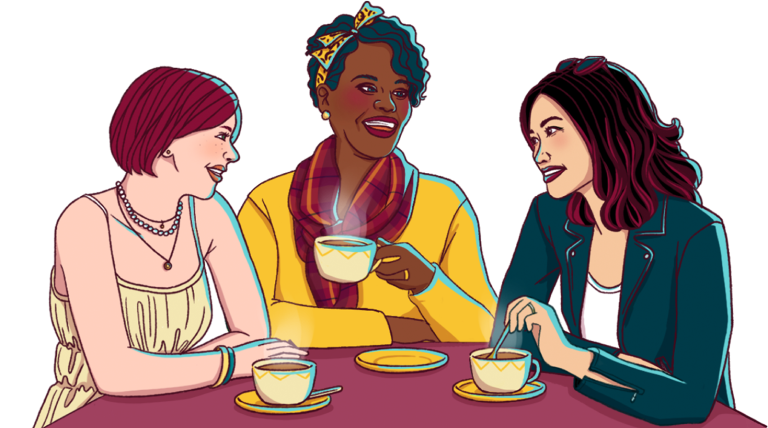The food industry dumps 15 million pounds of artificial dyes into our food every year — 40 percent of which is the delicious-sounding Allura Red, AKA Red Dye #40. The Food and Drug Adminstration has said Red #40 is safe for use in foods, but if you've got kids, you've probably heard rumblings at school drop-off or playgroup that food dyes are not safe for our kids.
In fact, some studies show that Red #40 comes with serious health risks and can cause allergic reactions, hyperactivity, and even cancer. Which begs the question: should moms cut back on the red dye in their kids' diets?
The short answer, says Ashanti Woods, MD, attending pediatrician at Mercy Medical Center in Baltimore, Maryland, is yes.
"Parents should always be concerned about what their kids are eating," says Wood."Regarding Red #40, there are convincing studies that suggest certain volumes [of it] are linked to enhanced symptoms of some medical conditions, namely attention deficit hyperactivity disorder."
Red #40, which is petroleum-based, has been around since the 1970s. Like other artificial food dyes, it's a cheap way for manufacturers to gussy up their food, making, say, strawberry candy even brighter and more appealing when you see it on a shelf in the grocery store.
More From The Stir: Scary Synthetic Dyes in Your Kids’ Toothpaste & Vitamins: Moms Need to Take Action
But it's not just sparkly red candies that contain Red #40. Snack foods, baked goods, soda, salad dressings, toothpaste, mouthwash, and even medicine can all be artificially dyed.
There's been enough concern about the health risks of Red #40 to ban it in other parts of the world. In the UK, for instance, a strawberry Nutrigrain cereal bar is colored naturally with beetroot, annatto, and paprika extract (which doesn't affect the taste). But here in the US, the same snack bar we give our kids is made with Red #40, Yellow #6, and Blue #1.
If your child has ADHD, allergies, or another sensitivity to Red #40, eating a food that contains it might cause a host of reactions, Woods says. "Signs include a change in normal behavior, headache, nausea, onset of poor sleep, difficulty concentrating on tasks, or fidgeting."
What is unclear, says Woods, is just how much Red #40 is too much for kids' bodies to handle — even if they're not allergic.
"Research is still needed," he says. "Thus far, 30-35 mg of coloring additive per serving is believed to be an acceptable level of food dyes in a child's diet."
Some manufacturers now include the amount of food dyes per serving, so it's easy enough to do the math and add up the amounts from every packaged food label.
But "to keep it simple," advises Woods, "if a particular product appears to have a lot of coloring additives, it's safest to stay away."
Can you see a difference in your child after eating red foods?
Image © iStock.com/Dasz




